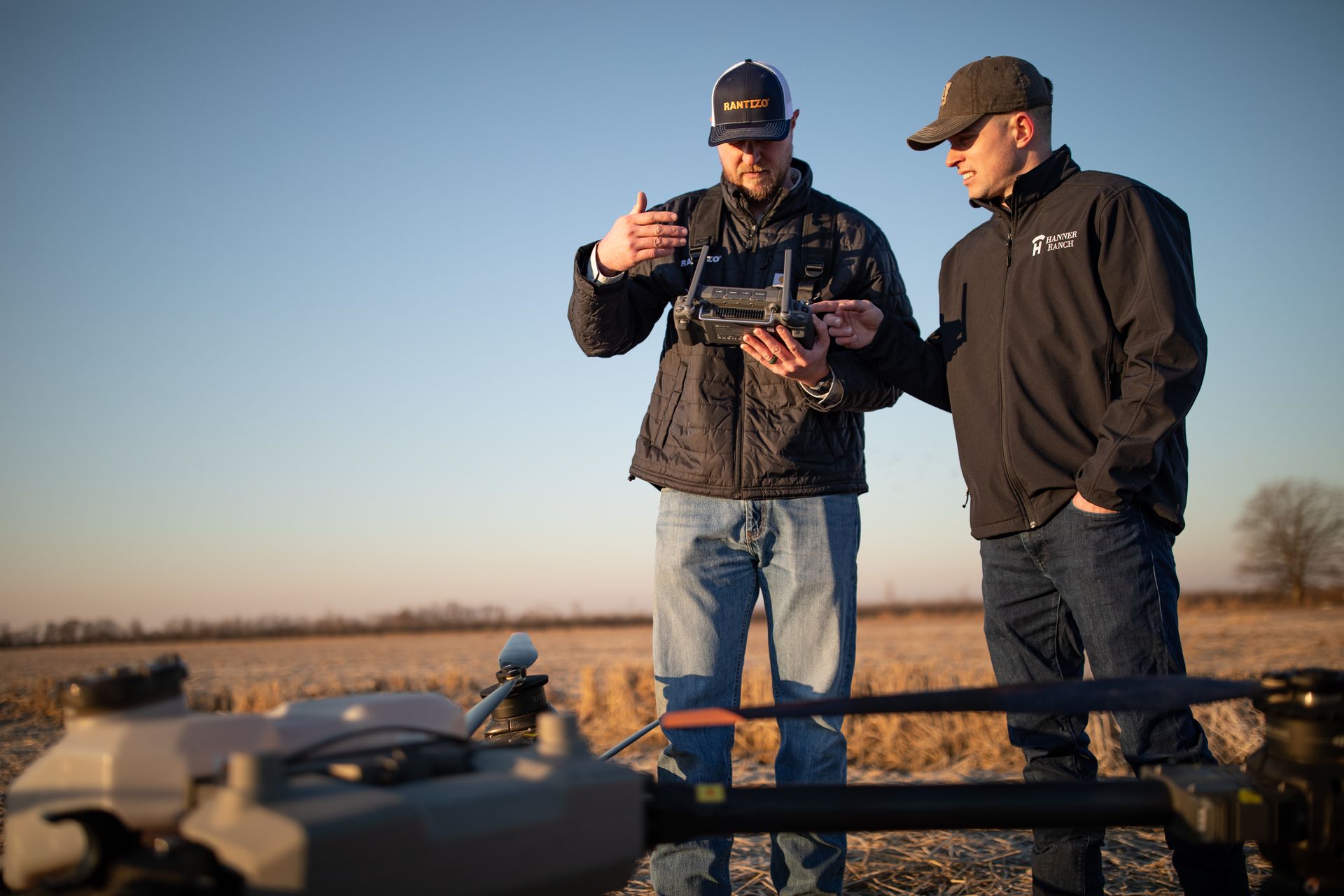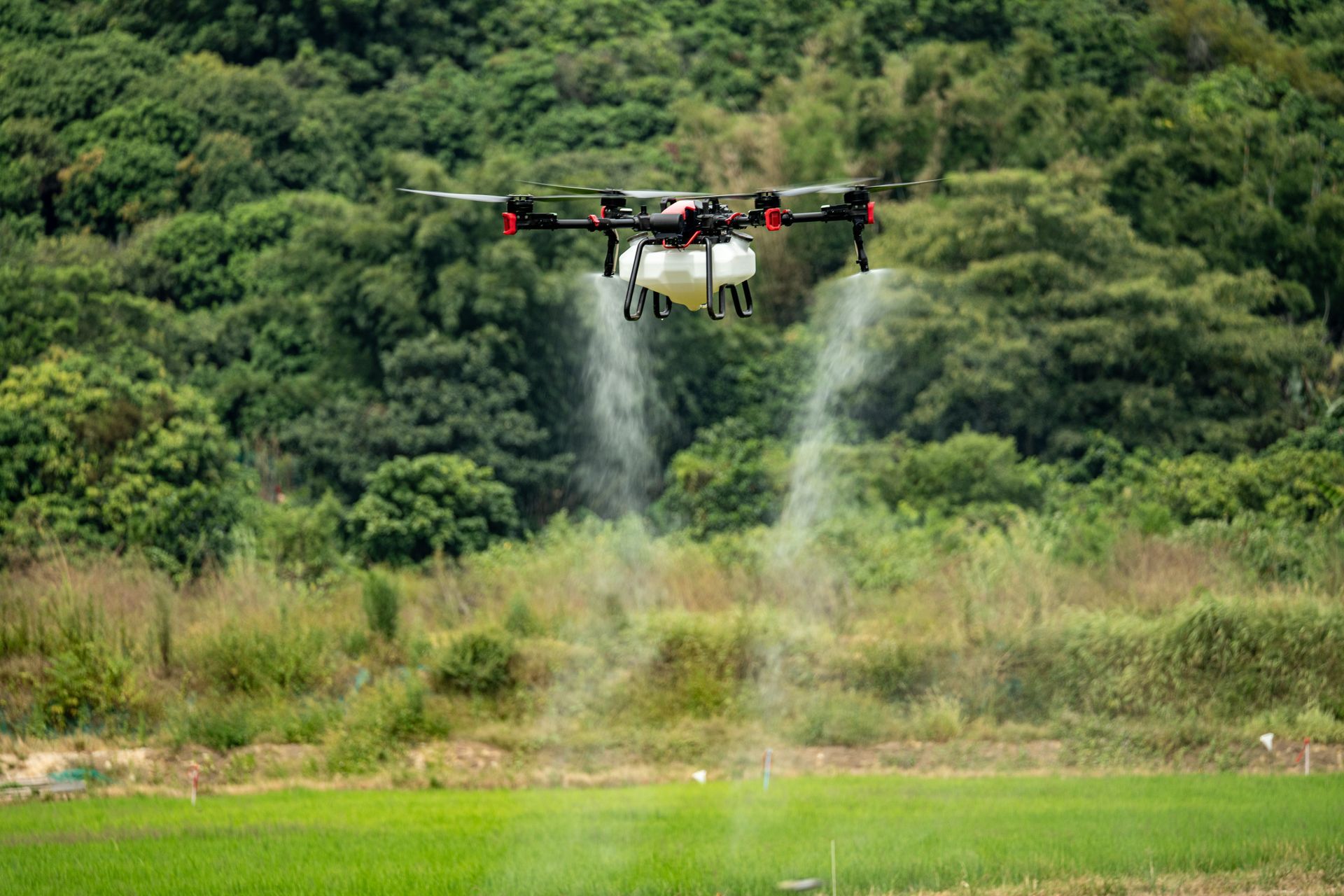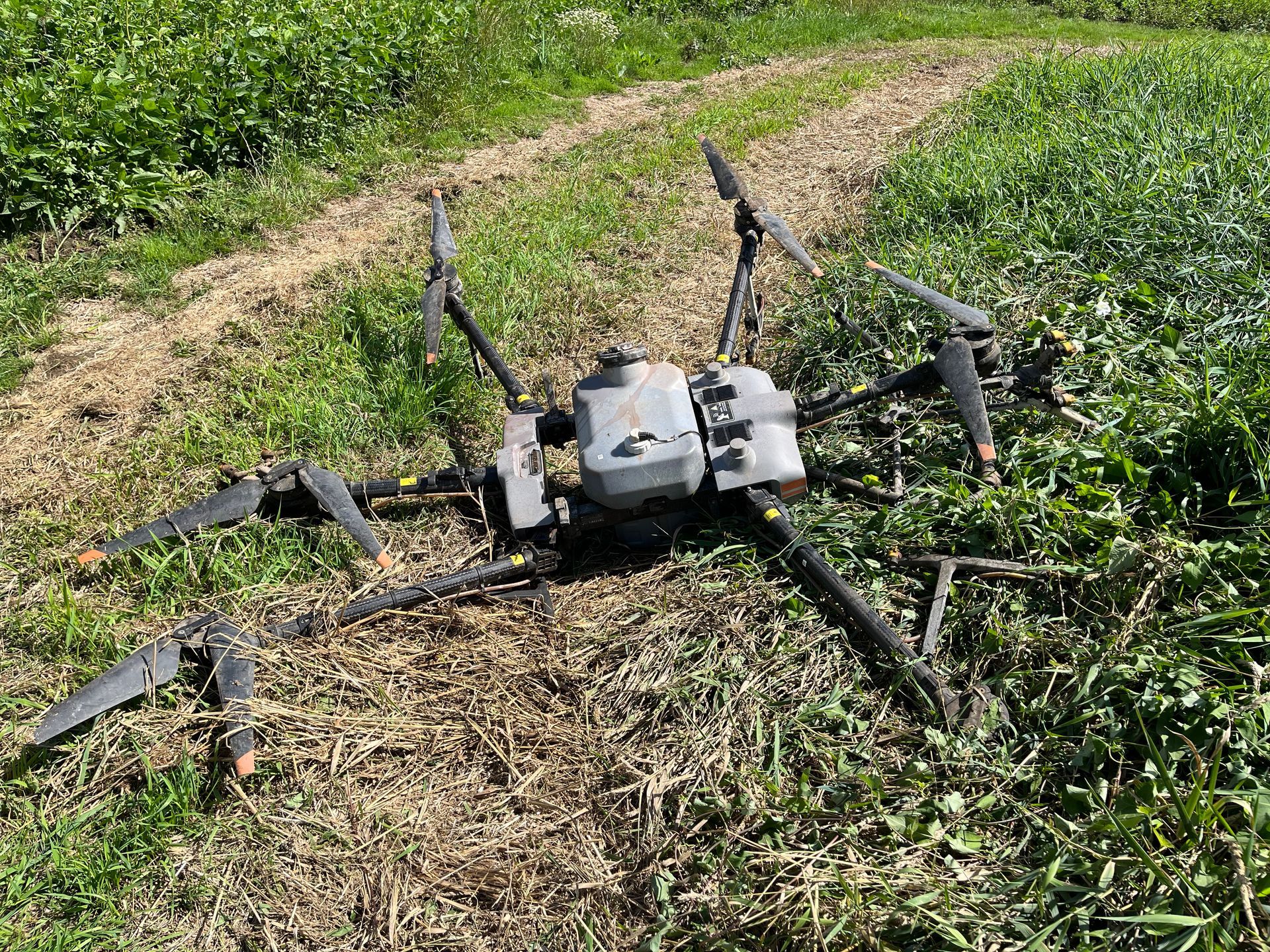RESOURCES
How Remote ID affects agricultural drone spraying
From the beginning of agricultural spraying drones, a whirlwind of industry-changing drone regulation has become the norm. But an increase in drone testing and usage across a variety of industries has further called out the need for enhanced regulations in the United States.
But what are these new regulations and their resulting implications? Let’s break down new drone regulations, timelines for implementation and answers to common questions about agriculture spraying drone remote ID requirements.
What are the new drone regulations?
In 2019, the Low Altitude Authorization and Notification Capability (LAANC) rules were finalized. With this milestone complete, the stage was set for the release of new rules that further integrate Unmanned Aerial Systems ( UAS ) into the National Airspace System ( NAS ). These new rules, dubbed “remote ID” were released toward the end of 2020.
At a high level (no pun intended), drone remote ID requirements will mean all drones must broadcast identification and location data. While there are nearly 500 pages to sift through related to remote ID rules, you can find a shorter executive summary here.
Other rules enacted at this same time cover drone flight over people and night flight. Find the executive summary of those rules here.
The new rules aren’t too complex, so all drone pilots should be familiar with them.
Now let’s answer some common questions and agriculture drone remote ID requirements.
What is drone remote ID? (RID)
RID is a system on a drone that generates a unique message that is broadcast from the drone at all times. This message can be read by others nearby.
How will RID be accomplished?
The RID broadcast system can be manufactured into the drone or can be an aftermarket module affixed to the drone. Since the laws and technology requirements around remote ID are new, no drones currently have RID systems built-in nor have any aftermarket modules been developed. RID modules use Wi-Fi, Bluetooth or other technologies compatible with common handheld devices such as smartphones.
Once a drone is equipped with a RID system, does that mean someone can identify me by my RID broadcast?
Yes and no. The RID broadcast message will include:
- drone serial number
- latitude/longitude, altitude and velocity of drone
- latitude/longitude and altitude of Control Station
However, only a law enforcement officer or similar government official with the appropriate access would be able to cross reference the serial number in your RID broadcast with your registration name in the National UAS registration database.
What about ADS-B?
Automatic Dependent Surveillance–Broadcast (ADS-B) is a technology that exists for larger UAS or manned aircraft. The ADS-B message, which is emitted from a high-power radio transponder, can travel over 100 miles. ADS-B messages are similar in form to RID messages but are intended for aircrafts that are flying higher and faster. The new RID rule amends part 107 to prohibit ADS-B transponders on drones operated under part 107 unless you have a special exemption from the FAA.
Does RID require an internet connection?
Drone remote ID requirements do not include internet access. It is not necessary for any remote ID system to perform its required duties. The provision of the law requiring internet connection was removed due to the drone industry’s lobbying efforts, including a strong push from Rantizo. This is a crucial consideration to note given lags in current rural broadband infrastructure and connectivity.
Are there any instances where you can fly without RID?
There are special zones called FAA Recognized Identification Areas (FRIAs) where RID is not required. FRIAs are special areas that must be approved by the FAA through a lengthy application process. These zones are reserved for drone racing clubs, schools, etc., and generally would not be relevant to agricultural drone spraying applications.
Will the part 107 test be affected by these new rules?
Yes. As of April 6, 2021, the two-year recurrent drone test is offered for free online. As long as the pilot completes the online renewal class and tesets before the last day of the month, 24 months after the original 107 was issued. Recordkeeping is the pilot’s responsibility. Testing content has also been revised to include questions related to nighttime drone flight. Currently, Rantizo does not have the ability to fly at night with application drones, but if a pilot h as a smaller drone and follows other rules and regulations, they can fly at night.
Do the new drone remote ID requirements and rules affect equipment beyond the system integration itself?
Yes. A small light affixed to the top of the drone will be an additional requirement for nighttime drone flight. This light must be visible up to three statute miles and should strobe fast enough to aid in collision avoidance.
When does my drone need to be in compliance with RID rules?
As of September 2023, all drones require a system that complies with the new drone remote ID requirements. Currently, the MG1P is not compatible with RID and can only be compliant with an aftermarket add-on. The T10 and T30 drones will be compliant with a soon-to-be released Firmware version from DJI and the T40 is compliant from the factory with a setting that just needs to be activated. However, the FAA is still working on a way to capture and register RID for above-55-lb drones, since these drones are registered as an aircraft and are therefore not in the database used to track RID.
New rules aren’t always a bad thing. In this case, they help facilitate progression for drone use across all sectors.
We believe the new RID rule is a key step forward in safely integrating drones into the NAS and look forward to continued advancement for drones for agricultural spraying and beyond.
Have more questions about regulations around drones for agricultural spraying? Review laws and regulations from the FAA here.
The post How Remote ID affects agricultural drone spraying appeared first on Rantizo.
share this
past blog posts
Related blogs

Contact US
How can we reach you?
Keep up with all the latest Rantizo news including: product releases, upcoming events, drone spraying industry tips, and more!



